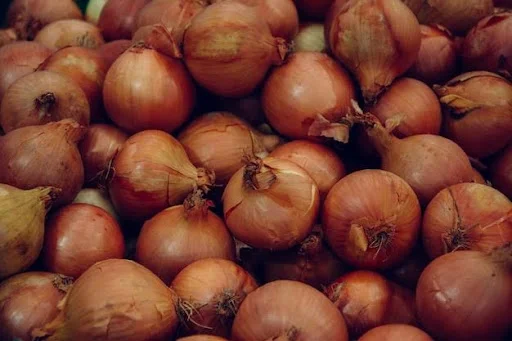The Indian government has increased the allowance for onion exports to the United Arab Emirates (UAE) through the National Cooperative Exports Ltd (NCEL), adding an extra 10,000 tonnes to the previously approved 14,400 tonnes as of March 1, totaling 79,150 tonnes since the export ban initiated on December 8, 2023. This ban was a response to a global supply crunch and reduced domestic output due to the El Niño weather phenomenon. In efforts to manage domestic availability before imposing the export ban, the government had applied a 40% export duty in August 2023 and established a minimum export price (MEP) in October 2023.
Following the export ban, specific allocations were made to various countries, including 550 tonnes to Bhutan, 3,000 tonnes to Bahrain, 1,200 tonnes to Mauritius, 50,000 tonnes to Bangladesh, and 24,400 tonnes to the UAE. The recent government notifications have led to ambiguity regarding the time frame for the newly permitted 10,000 tonnes export to the UAE, as the April 2 notification lacks the quarterly ceiling mentioned in the March 1 notification.
Compounding the issue of export restrictions, India's rabi onion production is projected to fall by 18% to 193 lakh tonnes in the 2023-24 season, down from 236 lakh tonnes the previous year. This decline is significant as rabi onions, which constitute approximately 72-75% of India’s annual onion output, are essential for ensuring year-round availability due to their longer shelf-life compared to kharif onions. To mitigate the impact of the export ban, the government plans to purchase 5 lakh tonnes of onions directly from farmers starting April 1.

